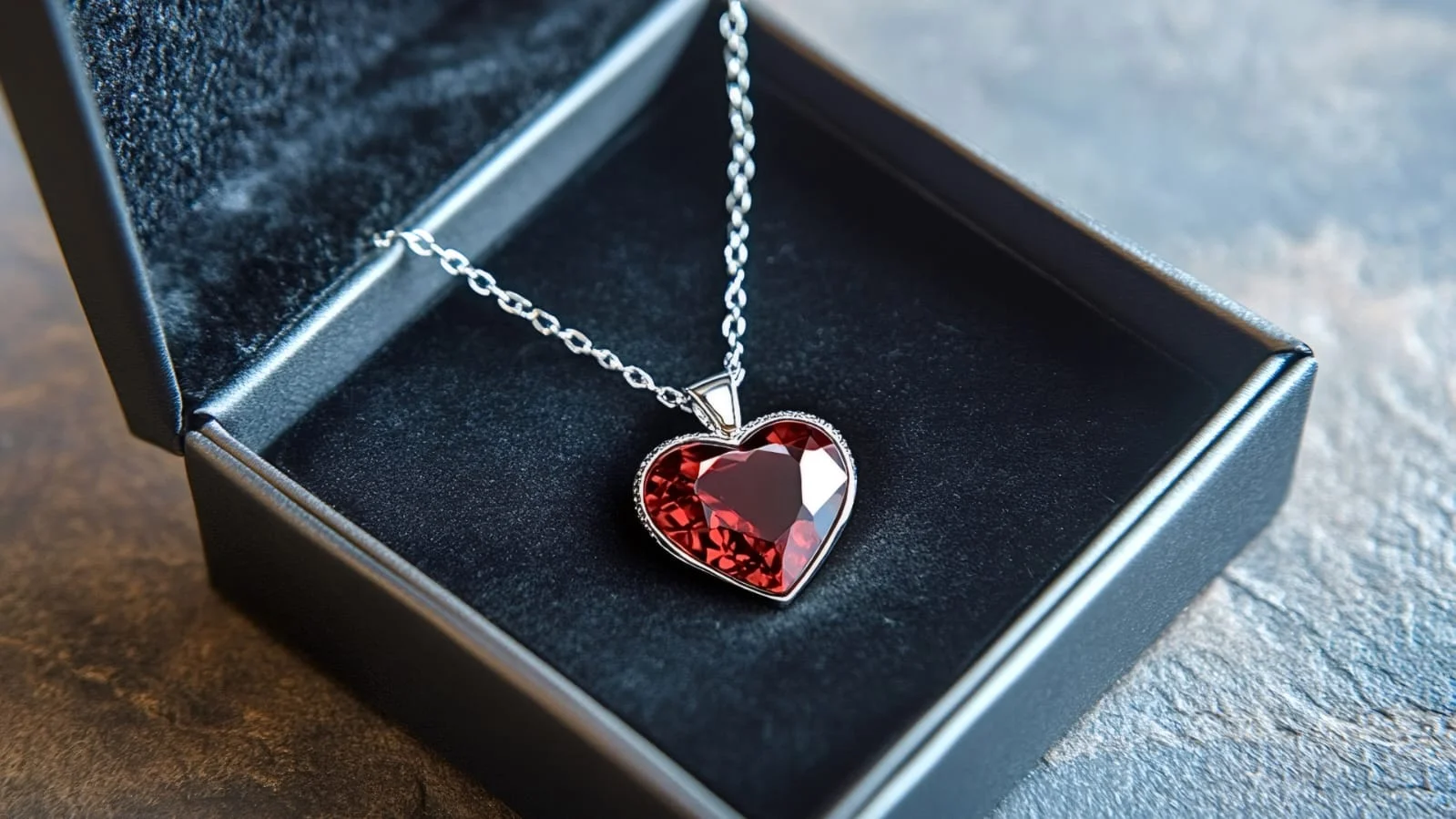Channel your inner Vogue and Confidence!

Creating something that doesn’t exist yet always feels like magic. But with jewelry, it’s more than that. It’s a slow and steady process where every step counts. I used to think it was all about machines and molds. Then I saw what actually goes into it.
Now I know better. Behind each custom piece is a real craft. It’s not just about gold or diamonds. It’s about people shaping metal, polishing by hand and perfecting something that never existed before. Let me take you through how jewelers really do it, one part at a time.
Everything begins with a thought. Whether it’s a ring, a custom necklace pendant or a bracelet, the process always starts with a conversation. I usually tell the jeweler why I want the piece. That reason shapes the style, the message, and even the materials.
From there, we talk shape, size and texture. Some people bring sketches. I bring photos. It’s not about being perfect, it’s about giving the jeweler something to start with. That first input saves a lot of confusion down the line.
Some jewelers draw it on paper. Others use computer tools to build a 3D model. I’ve seen both, and I prefer seeing a digital version. It lets me turn it, check it from all sides, and spot anything that feels off.
This is especially helpful with Moissanite Jewelry, where the stone’s brilliance and cut need to align with the design. Changes are easy at this point. Once you approve the sketch, things move fast. But after that, edits cost money. That’s why this part is where I take my time and speak up if something feels wrong.
Cost is a big part of the early talk. Before cutting anything or melting metal, we agree on what I’m comfortable spending. If I want gold, the karat level matters. If I want a gem, size and clarity change everything.
The best jewelers break down the cost into clear chunks: design, labor, and raw materials. Knowing what each part costs gives me control. It helps me adjust without giving up the whole idea.
Once I give the go-ahead, they start working. That final sketch becomes the roadmap. Everything gets built around it. Nothing moves forward until I’ve signed off completely.
I learned not to rush this moment. It’s tempting to just say yes and move on. But this is the last moment where words are cheaper than tools.
The real hands-on work starts now. Jewelers either carve a wax model or build a 3D print of the design. I once held a wax mold of my ring before it was cast. It felt light, but seeing it gave me confidence.
This wax or resin model shows the full shape and weight. It also helps spot weak points. If a prong looks thin or a chain loop is too small, they fix it here before pouring metal.
Once the wax version looks good, they build a mold around it using a special plaster. When heated, the wax melts and leaves a cavity. That space becomes the mold for molten metal.
It’s called lost-wax casting, and it’s one of the oldest steps still used today. I’ve watched molten gold being poured. It’s intense, loud, and hotter than anything I’ve ever seen up close.
After pouring, the mold cools. Jewelers crack it open and reveal the raw metal version of the piece. It looks rough and matte, with sprues and extra bits from where the metal flowed in.
They cut those off and check for any air bubbles or weak spots. This early form tells a lot about how clean the final finish will look. If there’s a major flaw, they may recast.
The next step is all about smoothing. Using files, sandpaper, and tiny grinders, they shape every edge. This is where the item starts looking like real jewelry.
I once saw how much time they spend just sanding corners. The better the smoothing now, the easier it is to polish later. Every pass with the tool makes the shine pop a little more.
Once the base is shaped and polished, it’s time to add the stone, if the design includes one. The setting not only holds the gem securely but also influences how much light it reflects and how the final piece feels to wear.
There are several standard setting styles in custom jewelry: prongs, bezels and flush. Each has its own strengths, depending on the size and cut of the stone.
Brands like Icecartel, a leader in custom Moissanite jewelry, are known for their precision bezel settings. These settings completely encircle the stone, offering both a sleek aesthetic and strong protection. They’re especially effective at maximizing light reflection while keeping the gem secure during everyday wear.
Choosing the right setting is one of the final but very important steps in custom jewelry design. It defines the stone’s presence, enhances its sparkle, and adds to the durability of the final piece—something Icecartel consistently delivers with expert craftsmanship.
For raised stones, prongs are common. The jeweler bends tiny arms over the edge of the stone. It’s delicate work. I’ve seen them do it with a loupe over one eye and tweezers in both hands.
Each prong must grip tightly but not break the stone. And all of them must look even. This takes practice. It’s one of the spots where cheap work stands out.
When I want a gem that won’t snag on clothes, I go with a bezel. That’s where a full ring of metal holds the stone in place. It’s flatter but still stylish.
Bezels protect softer stones better. And they give a smoother, more modern look. I like them for pendants or rings that I wear every day.
Some jewelry engrave small lines or add textures to the surface. Others inlay tiny side stones or add cutouts. These details are what make the piece feel personal.
The best time to talk about extras is right after casting. If you wait too long, the cost to add them jumps. That’s why I go over every little idea during the design phase.
The last step is polishing, and this part changes everything. What started as a dull gray piece becomes bright, shiny, and ready to wear. They use cloth wheels, paste, and even ultrasonic cleaners.
Each tool brings out more shine. But it’s not just about brightness. It’s also about checking for scratches, weak prongs and loose stones. The final polish reveals all the tiny flaws.
If it’s a pendant or bracelet, adding the loop or clasp happens last. I ask for strong, flexible joints so they don’t snap with wear. A weak clasp ruins an otherwise solid piece.
I double check how it opens and closes. If it feels loose or tricky, I ask for a change right away. Wearing it should feel smooth and safe.
Before handing it over, some jewelers take photos for their records. I’ve also had mine come in padded boxes or cloth pouches. These small touches matter.
A good finish doesn’t stop at the metal. It shows in how the piece is handed to you. If they care about delivery, it means they cared throughout.
Usually between 2 and 4 weeks, depending on design and workload.
Yes, many jewelers accept outside stones if they fit the design safely.
No, some still prefer hand-carving wax, especially for one-off pieces.
Both can be excellent, but hand-finished work often feels more personal.
Most good jewelers offer fixes or partial refunds but it depends on their policy.
Making custom jewelry isn’t just about putting metal and stones together. It’s a long process that blends skill, care and conversation. Every time I go through it, I learn something new about how much detail goes into the final piece.
That’s why asking the right questions and staying involved matter. The more you care about each step, the better your piece turns out. And when it’s finally in your hand, you’ll feel it was worth every moment. Whether you go fully custom or work with expert brands like Icecartel, the result should always reflect your style and last for years.
